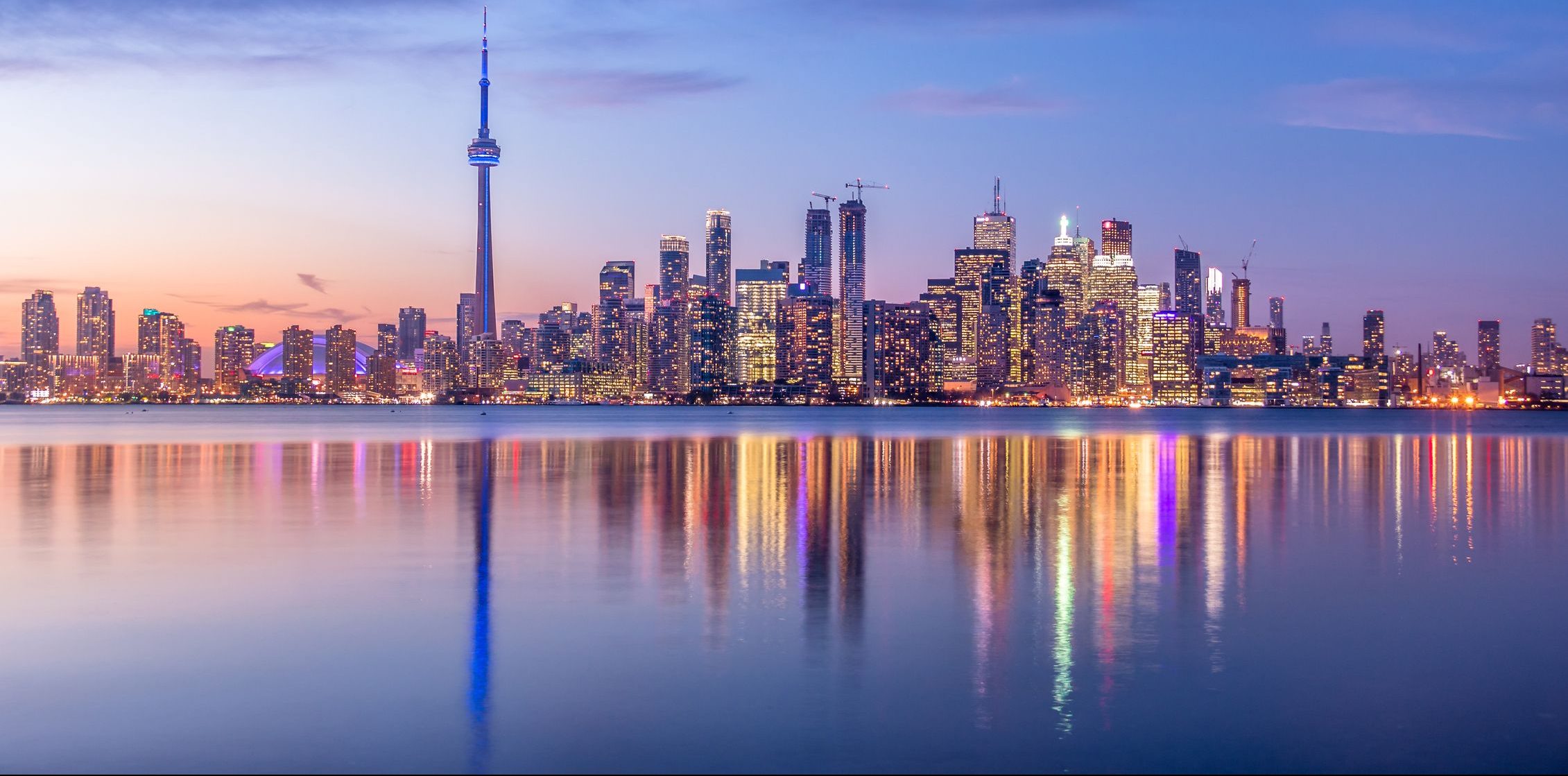Yesterday, Ontario’s Auditor General, Bonnie Lysyk, reported that a variety of structural factors kept Waterfront Toronto from effectively delivering on its mandate to oversee and lead the renewal of Toronto’s waterfront.
“Waterfront Toronto has directly developed only about 55 acres, or 5 per cent of the total publicly owned developable land in the waterfront area and provided development funding to other organizations for revitalization projects for just 151 acres, or about 14 per cent, since its inception,” Lysyk said. “But it’s not hard to see why it achieved so little: ownership and control of the lands it was tasked to revitalize remained with the original owners, the authority for planning and zoning of lands in the waterfront area remained with the City of Toronto, and Waterfront Toronto did not meet its mandate of making development financially self-sustaining.”
When Waterfront Toronto did try to take the initiative, it found itself at the centre of questions about its agreement with Sidewalk Labs to develop a smart city on waterfront lands, including concerns about private data collection.
“In order to protect the public interest, this situation does deserve government study before any long-term commitment is reached with Sidewalk Labs,” Lysyk said.
Among the specific concerns identified in the report:
- Waterfront Toronto was given ownership and control of just 1 per cent of the land it was tasked to revitalize;
- the three governments and the Toronto and Region Conservation Authority did not transfer ownership to Waterfront Toronto of the 75 per cent of the developable waterfront area they owned. In addition, Waterfront Toronto had no authority to expropriate the 24 per cent of private land that was available for development.
- The three governments redirected $700 million (approximately 47 per cent) of their original $1.5 billion in Waterfront Toronto funding commitments to other agencies for other projects, including expansion of GO Transit, the Union Station second subway platform, the Union Pearson Express, and West Don Lands flood protection. Public announcements gave the impression that the governments were investing more than they actually were in waterfront revitalization.
- Five of 13 projects over $10 million that Waterfront Toronto directly managed cost 22 per cent (about $43 million) more than their estimated project cost. Waterfront Toronto also did not provide sufficient oversight of projects when it transferred funds to other organizations conducting development work. As a result, one project, the Union Station Second Platform, ended up costing 55 per cent ($49 million) more than the initial estimate. As well, Waterfront spent $49 million on cancelled projects.
- In March 2017, Waterfront Toronto issued a request for proposals (RFP) for an innovation and funding partner for the Quayside area, giving respondents six weeks to reply to a complex RFP, compared to the 10 weeks previously accorded respondents to a public art project in the West Don Lands. Sidewalk Labs was selected as the innovation and funding partner, as its proposal was by far the most comprehensive. However, Sidewalk Labs received more information from Waterfront Toronto prior to the RFP than other respondents.
- Unlike its previous operating practices, Waterfront Toronto did not sufficiently consult with all levels of government regarding the Sidewalk Labs project prior to signing an initial agreement with Sidewalk Labs on October 16th, 2017. The scope of the project, from self-driving vehicles to data collection, falls under multiple provincial and federal ministries and city departments.
- The smart city project has raised public concerns regarding data collection and use that need to be addressed to protect the public interest.
The Government of Ontario responded to the Auditor General’s report in a statement that praised the work of Lysyk and stated its commitment to correcting the financial inefficiencies.













